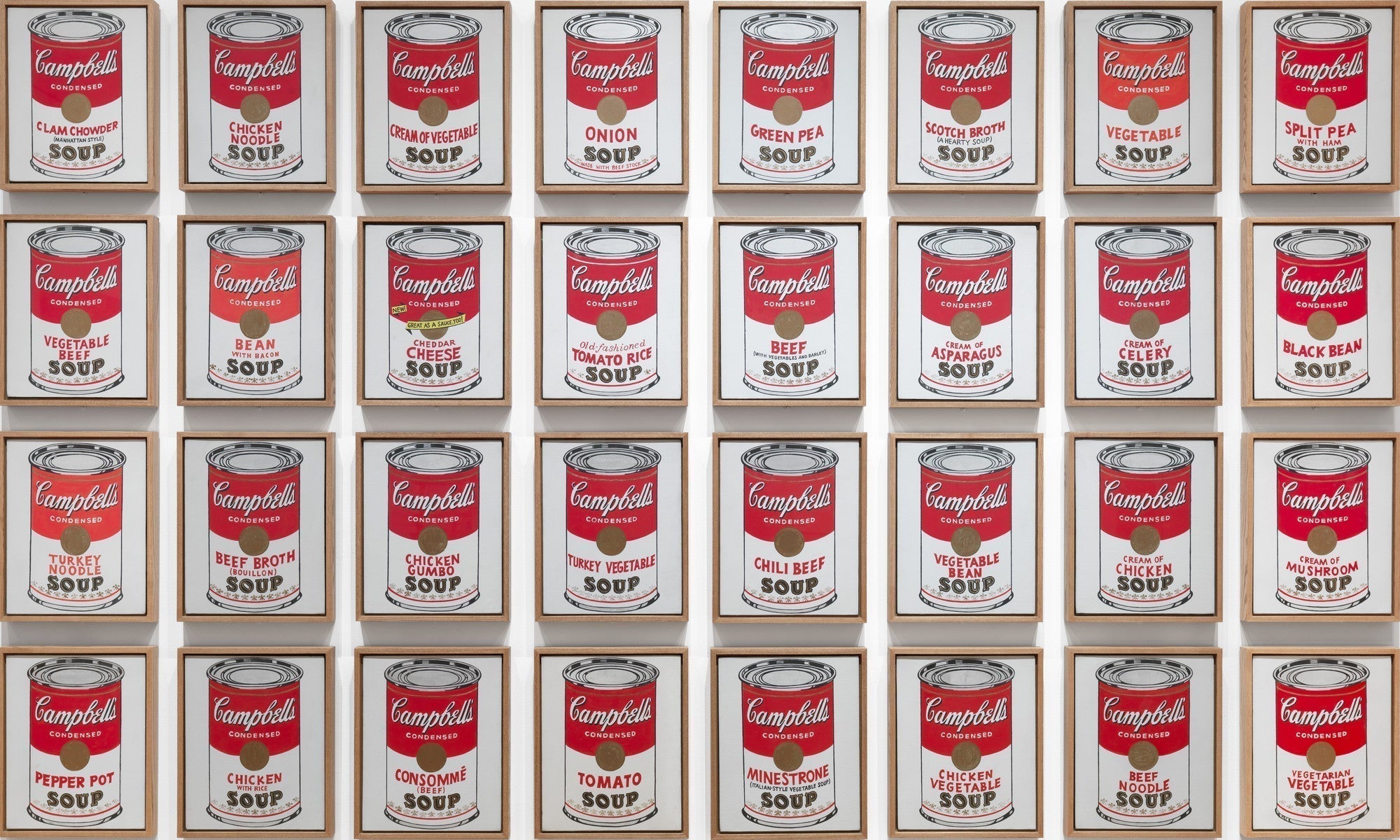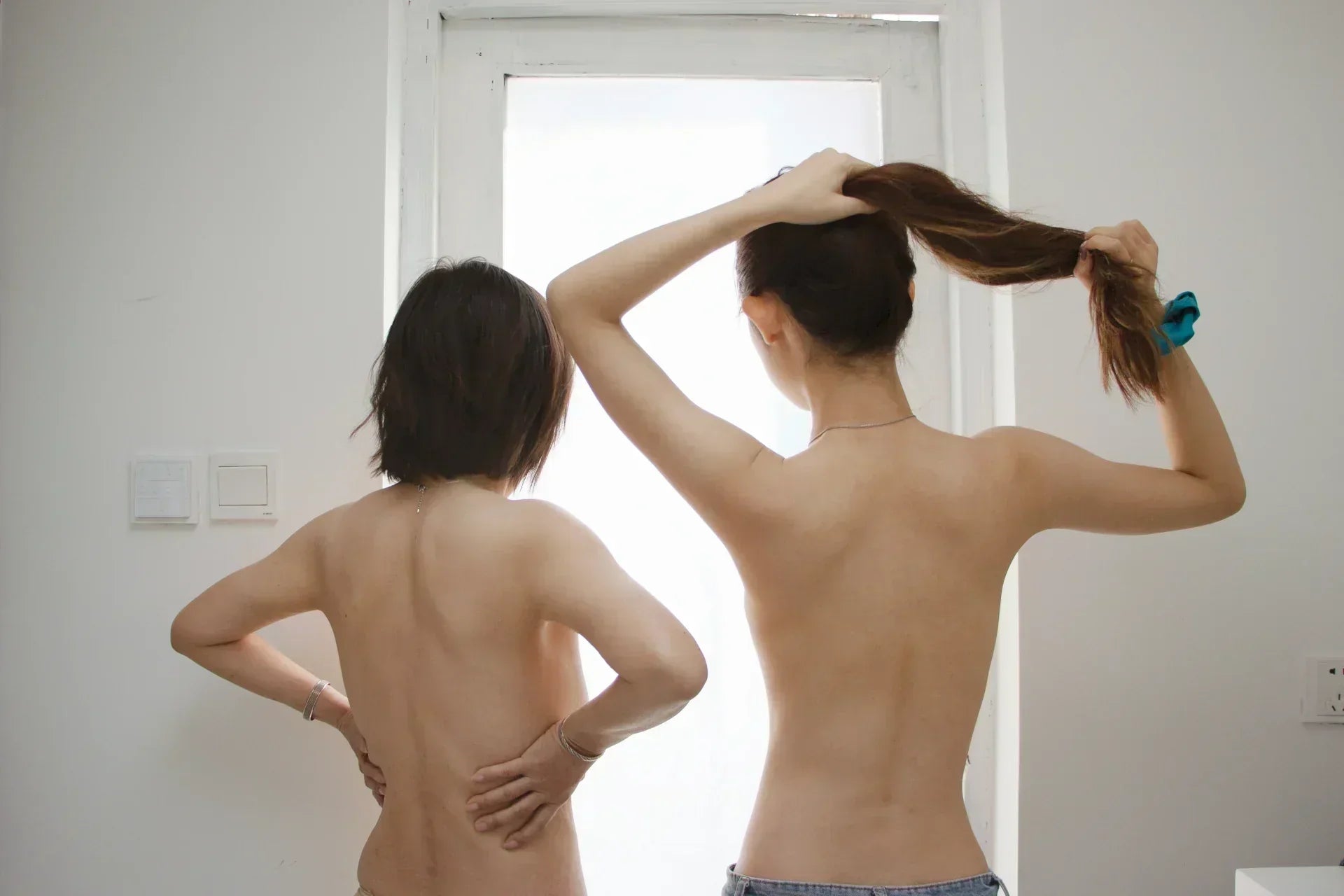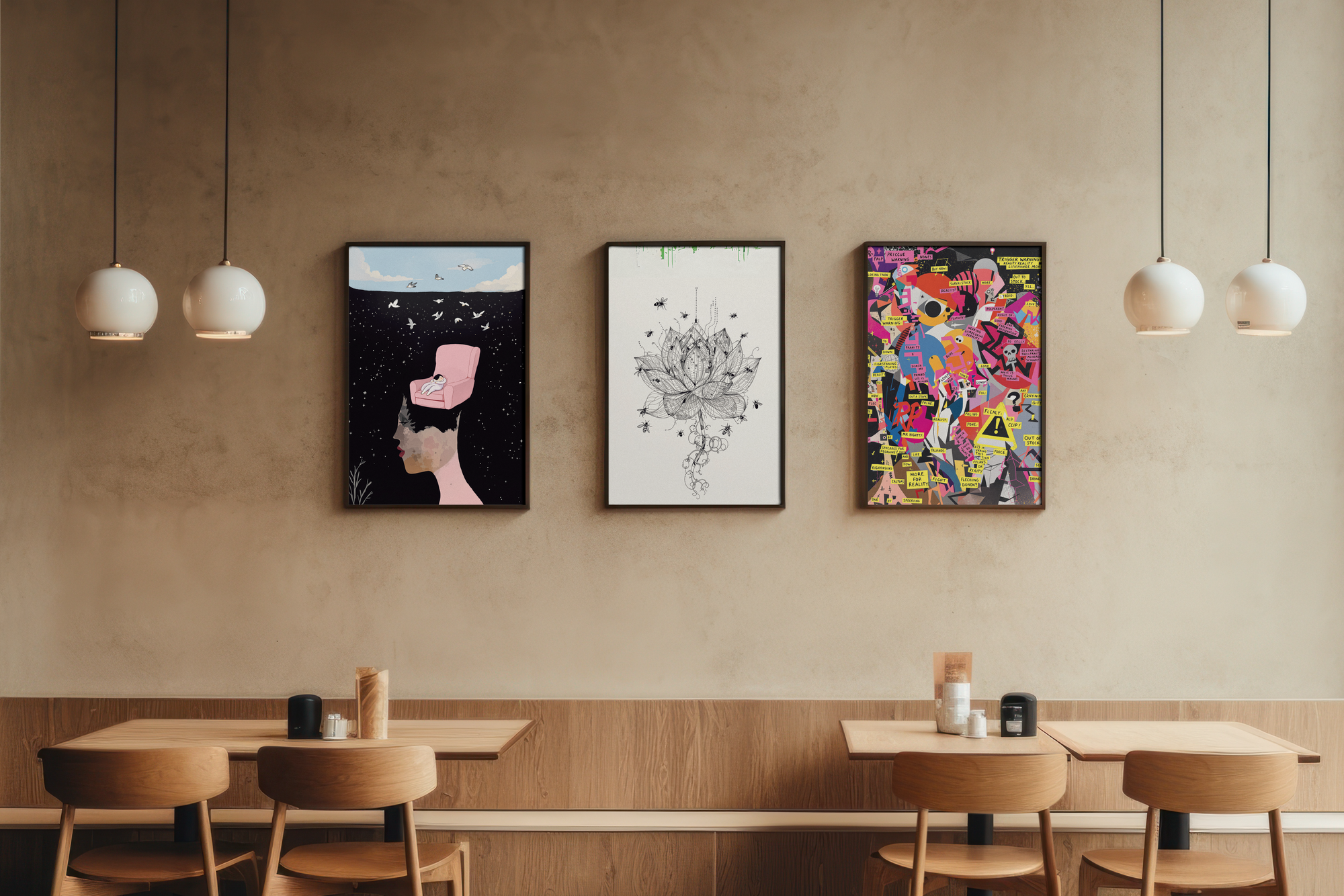Art for the rest of us
Walk into a white-walled gallery and you’re often met with oil paintings, sculpture, and silence — the kind of atmosphere that says, “Please don’t touch, or ask too many questions.”
But art didn’t start in galleries, and it certainly doesn’t end there.
So called "low art" - comics, posters, street flyers, zines, and outsider work - is where rebellion lives. It’s messy, emotional, human. And, it deserves a place on your wall.
There is no low art. Just art.
High vs. low: who decides?
Historically, "high art" was reserved for the elite, the formally trained, the institutionally validated, the expensive. "Low art," by contrast, was considered decorative, disposable, or too popular to matter. (We disagree... but for context, let us continue).
This hierarchy isn’t accidental. In the mid-20th century, critics like Clement Greenberg argued that high art should be serious, and separate from consumer culture. Meanwhile, anything mass-produced or “pop” was labelled as kitsch.

But not everyone agreed.
In his 1959 essay The Long Front of Culture, critic Lawrence Alloway proposed that we collapse the wall between the art of museums and the art of the street. He called it a “continuum,” where classical paintings and comic books could exist in the same frame. At Odd Wall, we strongly agree!
“The distinction between high and low culture is no longer useful. Culture is mass and personal at once.” — Lawrence Alloway
When Pop Art broke the rules
Pop Art, born in the 1950s and ‘60s, was a visual revolt. Artists like Andy Warhol and Roy Lichtenstein brought the everyday into the gallery: soup cans, comic strips, celebrity photos.
Warhol silkscreened mass-produced objects. Lichtenstein painted pulp comic panels. Suddenly, what had been considered “low” became the language of high art. It wasn’t just aesthetic rebellion, it was social commentary.

Pop Art exposed how visual culture, advertising, and celebrity had infiltrated our collective identity — and it used that very language to critique it.
“Pop Art is about liking things.” — Andy Warhol
(But also, maybe it wasn’t. Maybe it was a joke. Or a protest. Or both.)
Outsider art: real, raw, and unfiltered
“Outsider art” (or art brut, as coined by French artist Jean Dubuffet) refers to works made by artists outside the mainstream; those who were self-taught, untrained, and often working from deep compulsion rather than market demand.
These are the creators who didn’t go to art school. Who didn’t wait for permission. Their work is often weird (in the best possible way), obsessive, expressive, and raw. And while it might not show up in auction houses or on collector shortlists, it often holds as much if not more emotion and honesty than the art hanging in a high-end gallery.
Outsider art doesn’t mean lesser. It means unfiltered.
Why low art belongs on your wall
A gallery wall is more than decoration. It’s a self-portrait... a curated mix of what moves you, challenges you, and reflects your world.
Here’s why low art deserves a spot:
-
It tells your story. Your wall should reflect you, not just what’s in fashion.
-
It breaks the rules. Contrast a punk poster with a line drawing. Mix a photocopied flyer with a painterly print. That tension is what makes people stop and look.
-
It’s democratic. Art shouldn’t only belong to collectors or institutions. It should live in bedrooms, studios, hallways, and hearts.
Case study: the gallery wall remix
Picture this: A tattoo flash print next to a vintage anatomical illustration. A bold street-art inspired piece layered beside a delicate abstract. Maybe a photocopied page from a zine in a gold baroque frame.
It’s not chaos. It’s character.
Mixing high and low isn't just allowed here, it’s encouraged. That contrast makes your space alive. It invites stories, questions, conversations.
Your wall doesn’t need to follow the rules. It just needs to feel like you.
Let’s end the hierarchy
The line between high and low art has been fading for decades–and that’s a good thing. At Odd Wall, we believe great art can be found in zines, bedrooms, studios, and side streets. Your gallery wall should reflect that.
Hang what you love. Curate without fear. Blur the line.
Because in the end:
There is no low art. Just art.




